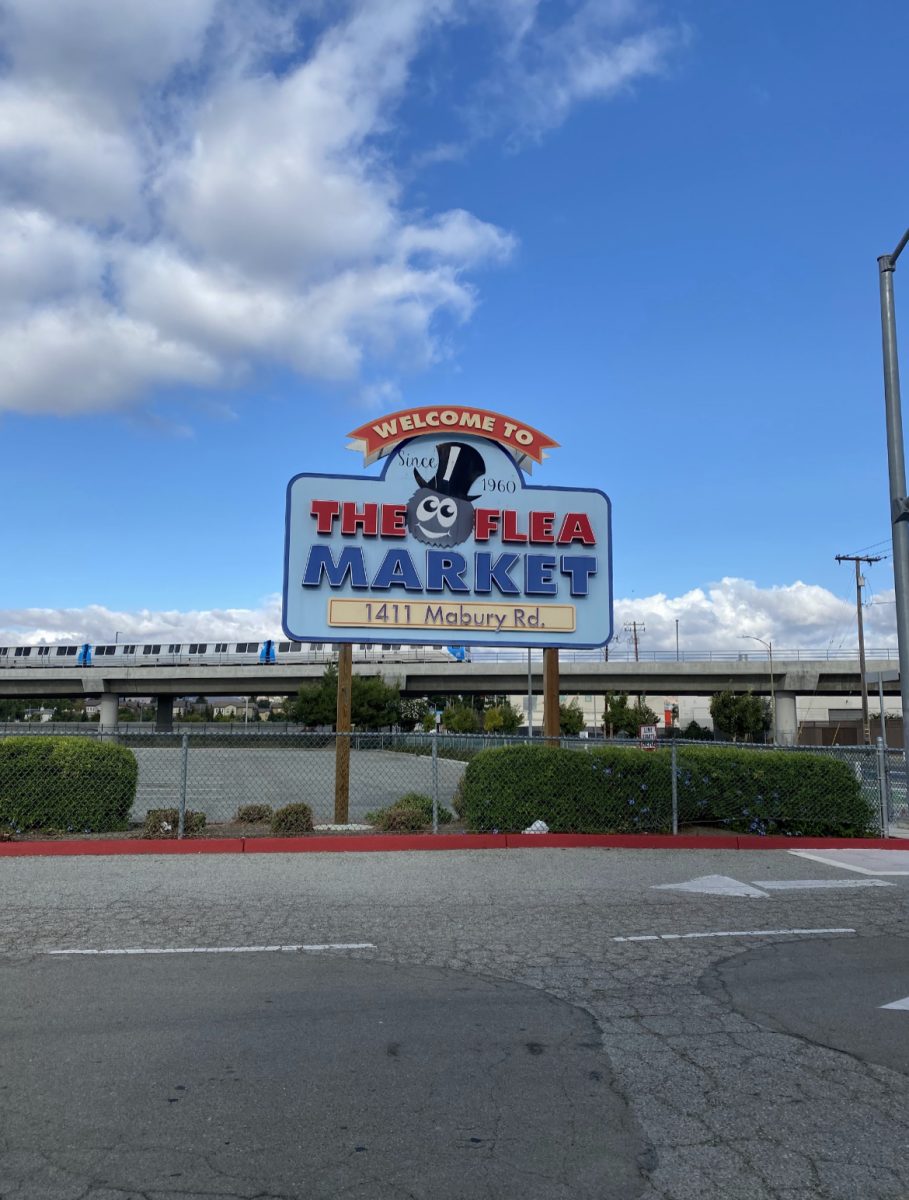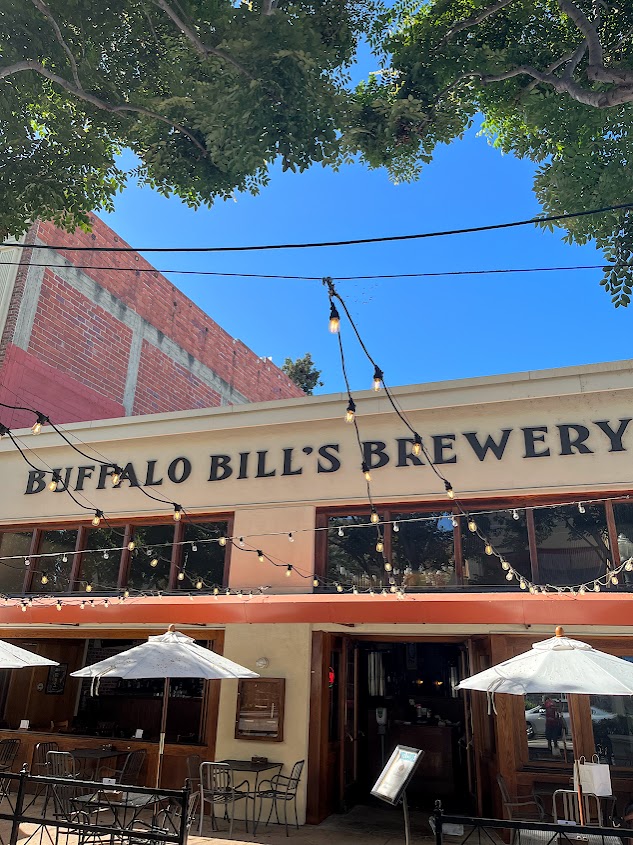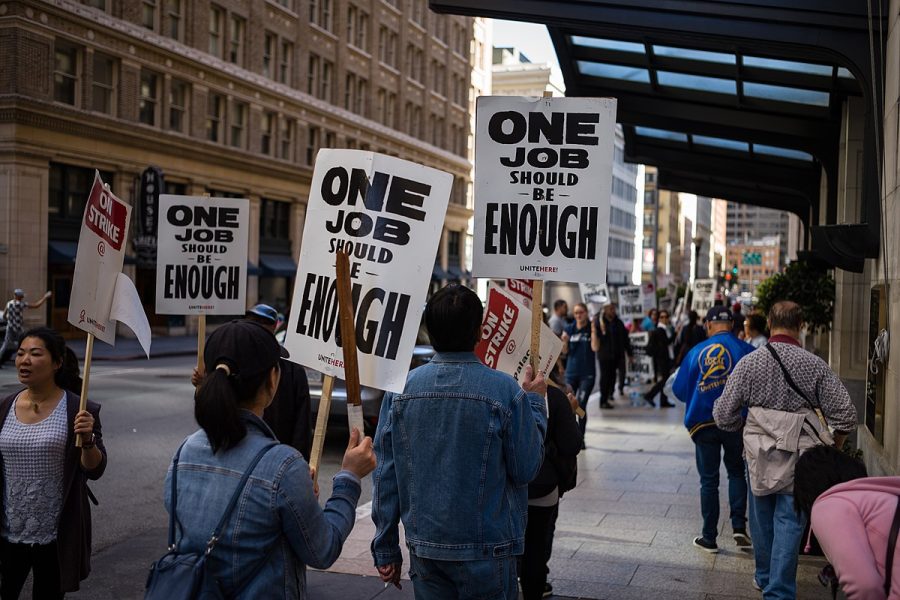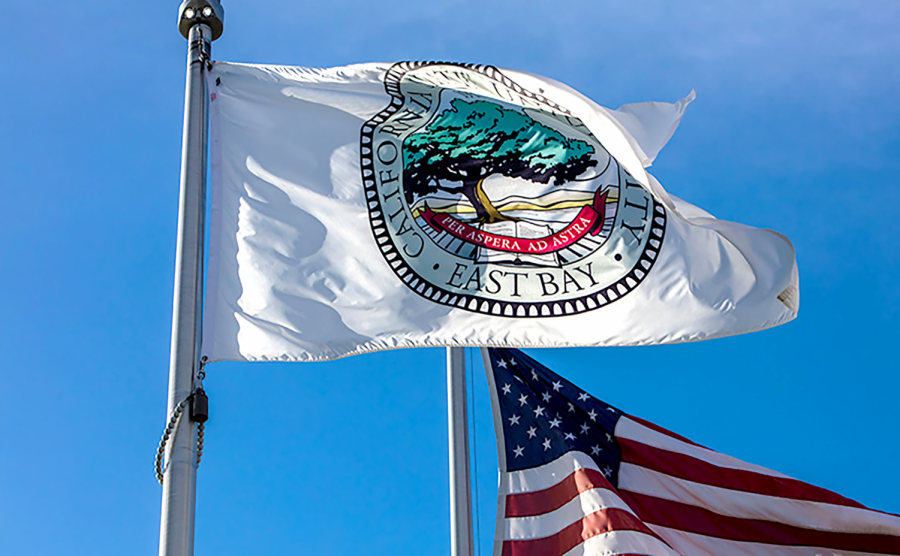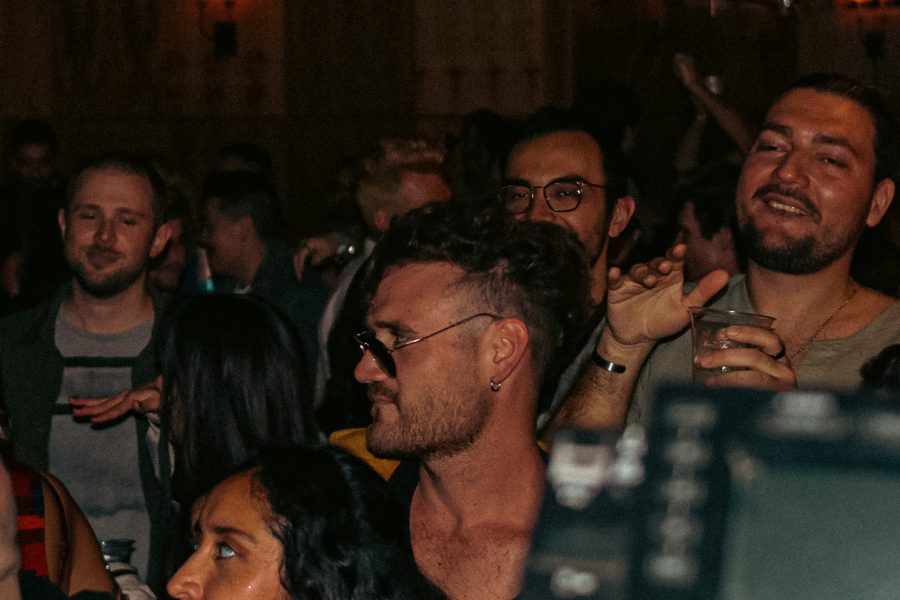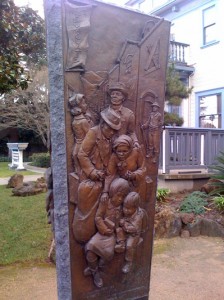
As one of the last three remaining authentic Japantown’s in the United States, San Jose’s ethnic community preserves Japanese culture and heritage for the Bay Area.
The modern day Japantown, or Nihonmachi to residents, has gradually become home to several well-known aspects of traditional Japanese culture through its cuisine, specialty shops and community establishments that line the six colorful blocks of the historical neighborhood.
Japantown visitor John Kato spent a large portion of his childhood in Japan and said he feels a little sense of home when he visits the Japanese community.
“I’ve been coming to Japantown for years now,” said Kato. “Though it’s not exactly like Japan, it comforts me to know there is somewhere I can go close by that reminds me of my Japanese heritage.”
Nestled between North First and Sixth street in downtown San Jose, Japantown has been rooted for over a century and serves as one of the city’s oldest ethnic neighborhoods.
During the late 1800s, Japanese immigrants known as Nikkei men originally formed the town adjacent to Heinlenville, one of the six Chinatowns in San Jose. As time progressed, Japantown grew to encompass the Chinese enclave.
As visitors make their way through the town, stone tablets cemented in the sidewalks narrate the story of the town’s development throughout the years.
“Japantown sheds light on a contemporary form of Japanese culture that is traditional at heart,” said Japantown business owner Pam Yoshida.
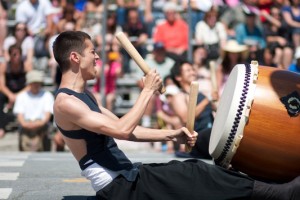
Following the 1924 Asian Exclusion Act, the town evolved as a self-sufficient, self-contained community largely because of widespread discrimination and prejudice.
Yoshida has witnessed a substantial amount of growth in the neighborhood and its surrounding areas over the last decade.
“It’s amazing to see just how much the population has grown over the years,” said Yoshida. “In addition to the population growth, I’ve seen the establishment of numerous businesses and historical monuments that really highlight Japanese tradition and heritage.”
As reported by the San Jose Redevelopment Agency in 2004, nearly 227,000 people lived within a 3-mile radius of Japantown. Twenty-five percent of the population was of Asian decent.
In 2004, SB 307 was passed to preserve the three remaining Japantown’s in the United States. Since then, San Jose’s Japantown has witnessed the cultural preservation of historical artifacts and the development of new community centers.
In 2010, the Japanese American Museum of San Jose was built in the heart of Japantown. Modeled after a rural Japanese farmhouse, the museum showcases Japanese culture and heritage.
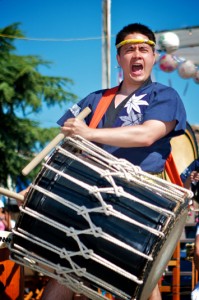
The museums mission “is to collect, preserve and share Japanese American art, history and culture with an emphasis on the greater Bay Area.”
Through permanent and temporary displays, the museum highlights the Japanese-American struggle to adapt and become accepted in the United States both during and post-World War II.
“The museum has been a great addition to Japantown,” said Yoshida. “It gives us the opportunity to look back to our heritage.”
In addition to the museum, Japantown plays host to several annual festivals that keep Japanese tradition alive in the bay area.
The major festivals include the Obon Festival, a Japanese Buddhist custom to honor the departed spirits of one’s ancestors and the Spirit of Japantown festival, which celebrates historical and cultural diversity along with preservation of the Japanese community.
Services also flourish in Japantown, as the community inhabits doctors, dentists, lawyers, community service groups and places of worship.
For Japantown residents like Jan Li, the presence of the Japanese community in the Bay Area exemplifies the strong character and persona of the Japanese people—especially their cultural relevance to the nation as a whole—through its community in San Jose.
“The spirit and tradition of Japantown has been kept for generations by the very people who live and work here,” said Li.





